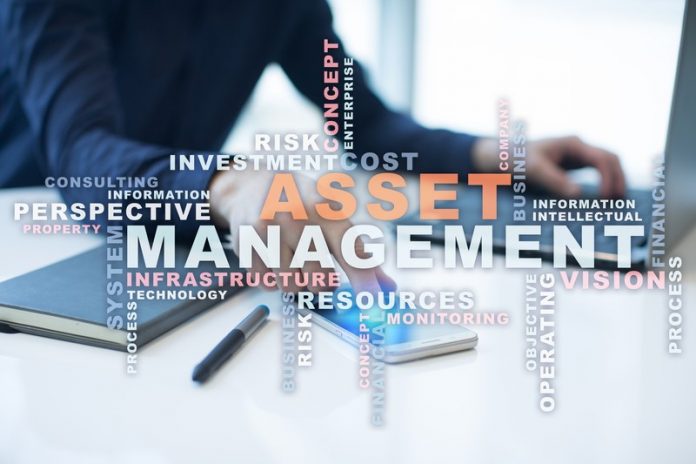BIM provides accurate, timely data and significant opportunities to improve asset management and building operations. Neil Reed, director of BIMcert and a BIM consultant at Stroma Certification, takes a look
It has always been recognised that the biggest benefits from Building Information Modelling (BIM) would be enjoyed by the owners and operators of the assets.
However, much of the action that surrounded the government’s mandate for BIM focused on the capital expenditure (CAPEX) phase in which the assets are created. Most of the media attention and the focus of software vendors has related to design and construction, with architects, engineers and constructors leading the move to digital information.
With the benefit of hindsight, some suggest that this was a mistake and the emphasis should have been with the end users and owners from the beginning.
The reality is that we had to start somewhere, and if efforts had been focused on the management of assets, perhaps there would have been a backlash of complaints that the construction sector was unable to provide the information needed to leverage the true value of information through the asset management process.
What is important now is for us to realise that the time for BIM has arrived for asset owners and managers, and businesses in the operations and FM sectors.
The emergence of a new approach to asset management, supported by the release of ISO 55000, is now opening the eyes of owners and operators to the value of BIM and the potential for increasing efficiency and the fundamental value of physical assets.
Asset management enables organisations to take a strategic approach to realising the value of its assets, looking beyond the day-to-day issues of running costs and maintenance to wider issues of performance evaluation and improvement. Broader aspects are considered, measured and enhanced.
Financial and commercial effectiveness Operational efficiency
Return on Investment (RoI) Reliability
Total Cost of Ownership (TCO) Lifecycle costs
Net Present Value (NPV) Life expectancy
Return on Capital Employed (RCE) Energy performance
This strategic approach to evaluation and improvement relies on the availability of information and data – accurate, complete, clear and timely – the very DNA of Building Information Modelling. With some capability now established in the project design and construction (CAPEX) phase, organisations with the wider perspective of the asset management (OPEX) phase have a fantastic opportunity to benefit from the digitised information models that can now be produced.
Supporting this is an increasing range of new technologies and approaches that allow us to create, access and use the asset data. In the field of digitisation, technology and data is evolving rapidly to support asset management requirements. There are many examples, including:
- Geospatial.
- Digital scanning.
- Drone surveying.
- Virtual reality.
- Remote sensoring.
So how does this all fit together?
In simple terms, BIM enables better asset management, which in turn improves organisational performance. Each ‘level’ can work in an integrated way to support the others in increasing short-term efficiency, medium-term effectiveness and long-term value.
Organisation
Organisational objectives and those of customers and stakeholders can be managed through a strategic and structured approach to quality management, supported by ISO 9001.
Asset Management
The strategic value of an organisation’s assets can be enhanced through comprehensive approach to asset management, supported by ISO 55000.
BIM
The information and data requirements of the organisation and its assets can be met by the implementation of BIM, supported by BS/PAS 1192. The suite of 1192 Standards can address the combination of issues most relevant to the individual organisation and asset portfolio.
Standard Scope
BS 1192 Collaborative production of information
PAS 1192-2 Information management for projects (CAPEX)
PAS 1192-3 Information management for operations and asset management (OPEX)
BS 1192-4 Information exchange from construction to operations
PAS 1192-5 Security-minded BIM and smart asset management
Both the public and private sectors are now seeing the opportunities that BIM provides in facilitating the asset management process. Significant benefits will be realised by those organisations who embrace the opportunity and develop an integrated approach.
Neil Reed
BIM Consultant
Stroma Certification
Tel: +44 (0)845 621 11 11
Twitter: StromaGroup














